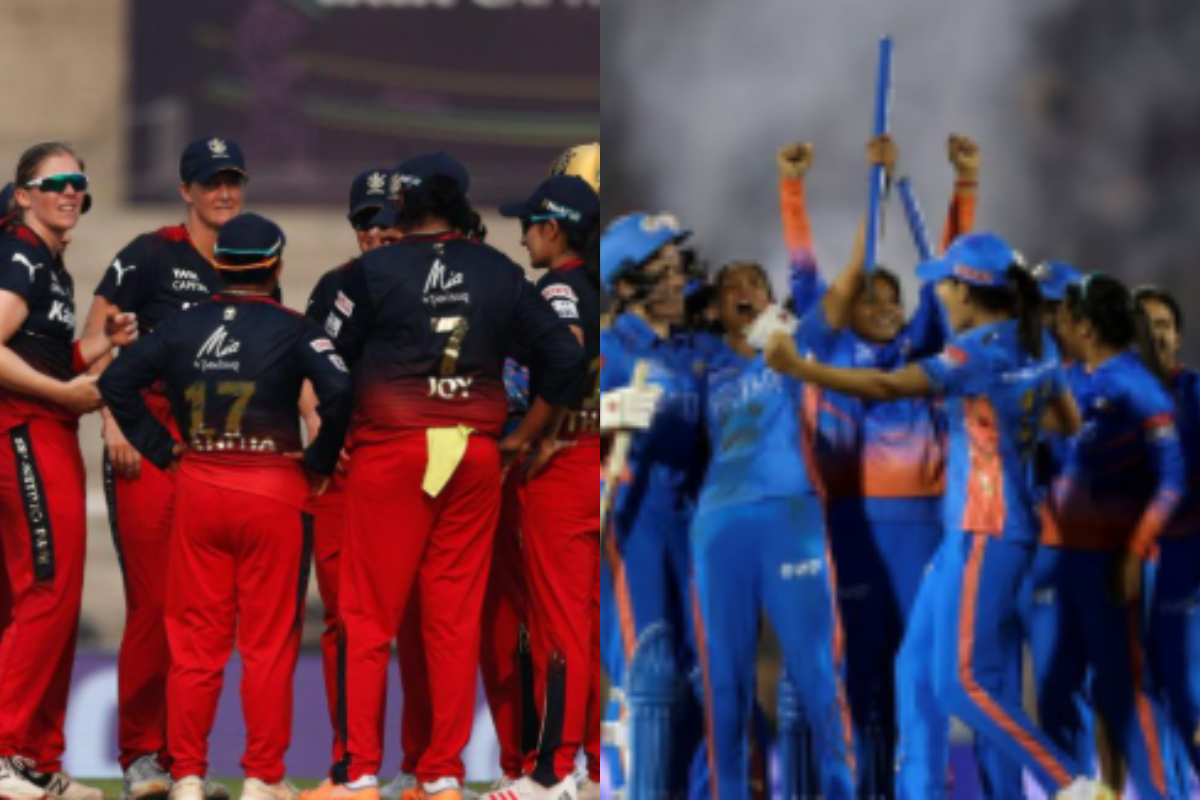
Three Indian players have made their way in the top 15 spots of the ODI batters' rankings

The International Cricket Council (ICC) Women’s ODI rankings are out, and there are notable updates in front of the cricketing world on the batting front. England captain Nat-Sciver Brunt has escalated to the top spot in the rankings, and Royal Challengers Bengaluru (RCB) skipper Smriti Mandhana has shifted a position below. To add to that, South African batter Laura Wolvaardt also slipped a position to end up on the third spot, as per the latest ICC rankings. Australian legend Elysse Perry has retained her place at the fourth spot.
Nat-Sciver Brunt was the highest run-scorer in the recently concluded ODI series against India, scoring 160 runs in three 50-over games. Additionally, she held an average of almost 54 in the series, which is quite healthy in the ODI format. Though Smriti Mandhana has slipped a place in the rankings, there is a notable jump for Indian skipper Harmanpreet Kaur, who is now at the 11th spot on the chart. The Mumbai Indians skipper also scored 126 runs in the same series that Sciver Brunt top-scored in.
Delhi Capitals youngster Jemimah Rodrigues also rose two spots in the list, and now sits on the 13th spot. She managed 101 runs in the series with a gritty fifty in the third game, and also a 48 in the first ODI. The 24-year-old is widely regarded as one of the most exciting prospects for the future, and it will be important for India to groom her well.
On the bowling front, Sophie Ecclestone continues to lead the charts. She picked five wickets in the recently concluded series against the Indians. Other notable bowlers in the top five as per the updated list are, Ashleigh Gardner, Megan Schutt, Deepti Sharma as well as Kim Garth.
ALSO READ:
The performance for every player is ranked using a point-based system. This is done by a series of calculations, which leads to a sophisticated moving average. The players are usually rated on a scale of 0-1000 points, on the basis of their performance. The value of every player’s performance is calculated using a pre-programmed algorithm based on various circumstances in the match. Surprisingly, there is no human altercation in the entire process, and also no subjective assessment. The factors leading to the decision differ as per the requirement of the format of the game.
Often described as a measure of form, the rankings have a lot more to offer. To understand the form of a particular player, one would need to look at the past six to eight months. On the contrary, the ICC rankings take into account a player’s entire career. But it puts more emphasis on what the player has achieved recently. It is a system that creates balance between form and past achievements.
If a batter does not bat in a game, their rating remains unchanged. The ICC makes sure that they don’t punish a player when they haven’t done anything wrong. For bowler’s it is a bit different. If the opposition has been bowled out for a below-par total, the bowlers who haven’t bowled would not be punished. But if the opposition gets to a big total, the bowlers who haven’t bowled end up losing points.
For more updates, follow CricXtasy on Facebook, Instagram, Twitter, Telegram, and YouTube.